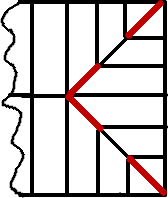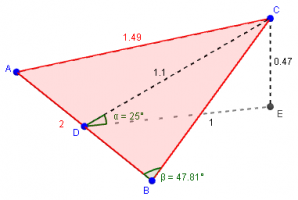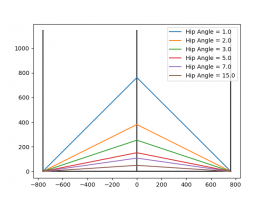rooferpaul
New member
- Joined
- Jun 7, 2022
- Messages
- 10
I'm apologise for my ignorance. I just googled math help and the first site that came up was called free math help so I clicked on it.The main purpose of this site is to offer help & guidance to students with their Maths problems. We would normally only offer new members advice on how to proceed with their work once they have submitted their own attempt(s) to solve a problem (so we can assess what help they need to reach a solution).
In my (personal) opinion, if you are part of a commercial organisation (eg: a roofing company) then you should employ someone who is capable of carrying out any calculations you need for your operations or pay an external (consulting?) agent for such services rather than looking for free help on the internet.
Some other forum member may well take a different view and be willing to offer comment on the problem you describe though I do suspect that your description leaves much to be desired. For example: did you mean that the width of your sheets is 762 mm or .762 m (not .762 mm) and a "guess" at the rake being 1020 (mm?) for a 25° pitched roof is a much use as a chocolate teapot! Only accurate information is of any use to us! Furthermore, I would expect your Rake length to depend not only on the pitch of the roof but also on the height of the roof (apex) above the gable and the width of the gable itself.
But those are just my opinions. ?
Good Luck.
I'm merely a labourer that wanted to find a theoretical answer to a problem that I encounter daily but haven't the knowledge to structure a formula for it. Usually we use an existing sheet as a template but I find it a little cumbersome to move around and it also causes a lot of scratches on the new sheet.
You are correct with the width, I should have reread my post but they are 762mm. Technically they are wider than that but we measure from the centre of the first ridge to the centre of the last but that's irrelevant to the problem as the remaining width is lapped under the next sheet.
The height of the roof doesn't matter as the only factor really is the pitch of the hip of the roof. There is no gable. Perhaps think of the hypotenuse of a triangle which has 762mm sections that run perpendicular to its adjacent side. As the angle increases, so does the length of the angled part of those sections so its all relative.
The hip is always 45 degrees but the pitch changes length of the rake if that makes sense
Last edited by a moderator:




